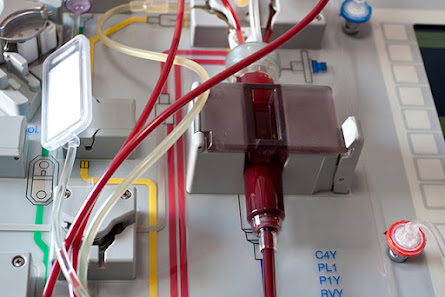Cell Therapy-Stem Cell
Cell therapy practices
date back to the 19th century and continue to expand on investigational and
investment grounds. Cell therapy includes stem cell- and non–stem cell-based,
unicellular and multicellular therapies, with different immune phenotypic
profiles, isolation techniques, mechanisms of action, and regulatory levels.
Following the steps of their predecessor cell therapies that have become
established or commercialized, investigational and premarket approval-exempt
cell therapies continue to provide patients with promising therapeutic benefits
in different disease areas. In this review article, we delineate the vast types
of cell therapy, including stem cell-based and non–stem cell-based cell
therapies, and create the first-in-literature compilation of the different
“multicellular” therapies used in clinical settings.
Stem cells are
unspecialized cells of the human body. They are able to differentiate into any
cell of an organism and have the ability of self-renewal. Stem cells exist both
in embryos and adult cells. There are several steps of specialization.
Developmental potency is reduced with each step, which means that a unipotent
stem cell is not able to differentiate into as many types of cells as a
pluripotent one
Totipotent stem cells are able to divide and differentiate into cells of the whole organism. Totipotency has the highest differentiation potential and allows cells to form both embryo and extra-embryonic structures. One example of a totipotent cell is a zygote, which is formed after a sperm fertilizes an egg. These cells can later develop either into any of the three germ layers or form a placenta.



Comments
Post a Comment